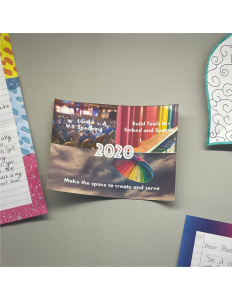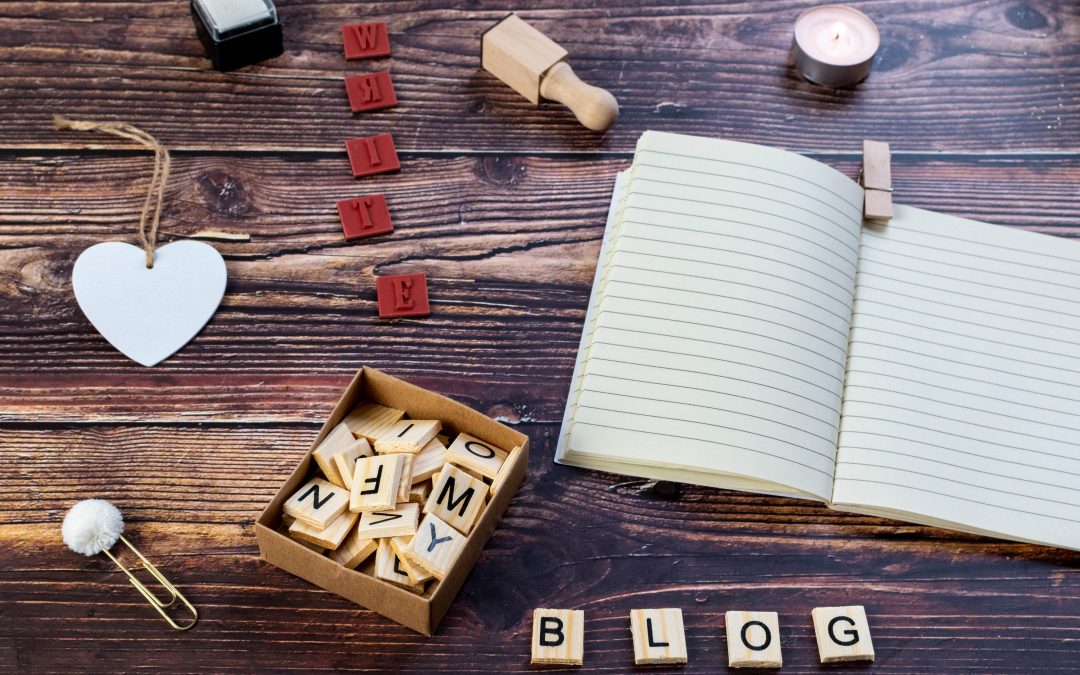A few years ago, I made my choice in the raging debate about whether it is best to start a new year with resolutions, intentions, or themes. I chose themes. The most successful year of doing this for me was the (second) year when I chose “joy” as my theme (the first year was a bit of a disaster, which you can read about here.) I’m talking about my themes here today in hopes that you’ll play with defining your own themes for 2021.
2020 Themes
Last year, I chose three themes for the year.

1) Land more keynote speeches in the U.S.
2) Build the tools to embed and sustain our work
3) Make the space to create and serve
I made a little image that I posted right above my computer (and also used as the watch face on my Apple watch). I found having my themes so prominently and persistently displayed really helped me stay focused on what mattered.
You can guess how the first one went. Oh well. But a global pandemic was a boon to the second and third themes. Without the need to be on airplanes all the time, lurching physically exhausted from one time zone to another (not to mention having 2 months’ worth of work canceled in a matter of a week) I had the time and the energy to build out tools to help leaders cascade our work to their own teams. And I had the energy and bandwidth to be thinking about my clients and to be more proactive in following-up after a session with ideas and tools that would help them. For me, trading more U.S. speaking for the time and space to create and serve was a great deal.
2021 Themes
That begs the question, “What’s next for 2021?” I have given that considerable thought and decided that I liked the three themes, rather than just one. So, I’m sticking with that. I’ve arrived at the following:
Theme #1: It is Now
A few days ago, a video of Anderson Cooper talking with a meditation expert Jon Kabat-Zinn popped up in my feed. I’ve been dabbling with mediation and want to get a little more serious about it, so I clicked. In the interview, Kabat-Zinn used the phrase, “It is now,” which resonated loudly for me on many levels. I want to live in the present, to appreciate and fully experience the here and now rather than pining for the past or yearning for the future.
The most obvious version of that is to stop wishing for all the things that I’ll do after the pandemic is over and start enjoying all that the pandemic allows me to do today. More time to cook and do crafts, more long walks with friends who now have the flexibility and inclination for deeper connection, more chances to stop everything and talk with my kids in the middle of the day.
“It is Now” is also about staying present in the moment, working on my distractibility, and trying to reverse some of the damage to my attention span that I’ve inflicted over the last decade of life with iPhones and iPads. It’s about acknowledging and not being hijacked by emotions (‘cuase this peri-menopause stuff is pure crap). It’s about being more in tune with my own defensive reactions when I’m facilitating. I’m about six weeks into a daily mediation practice…so far, so good.
Theme #2: More from the Core
You’re going to see this theme in action. It’s all about my ideas and my content and how I do a better job of focusing on my signature ideas (think ‘conflict debt’ and ‘change has changed’) and get more out of them.
To get more from the core, I’m going to have to go deeper, looking for new research on team effectiveness that will strengthen the quality of my work and continually refresh it for our changing world (like the talk I’ll be giving for the Human Capital Institute on how to build team trust remotely).
To get more from the core, I’ll be revisiting my archive of over 500 articles and turning more of them into quick checklists, helpful scripts, thought-provoking quotes, and compelling visuals so you can access the nuggets more easily. I’ll also be playing with ways to get those tools to more people because there is so much work to do in making work a more meaningful contributor to people’s lives. (If you have suggestions for how to spread the word, let me know).
Theme #3: The Best Version
My third theme comes via Michael Bungay Stainer, who is my perennial source of wisdom, insight, and practical tips. Last year, I took one of Michael’s micro-courses about engaging an audience. It was fantastic, as usual. One of the exercises was to define the best version of yourself and to contrast it with a version of yourself that’s 10-15% off the mark. Then you summarize the results for handy reference in a two-column list with the headings “This” not “That.”
I did the exercise and was pretty quickly able to identify the best version of Liane as a facilitator and advisor and the good, but less good version.
“The Best Version” theme is to encourage me to extend that concept to define the best version of me in all domains of my life. What’s the best version of me as a wife, mother, friend, author, blogger, speaker (and, if you read my last post of 2020, you also know I’m working on the best version of Liane as a hip-hop diva).
Of course, it’s not just about having the “this not that” list, it’s about using it. I need to refer to the list before getting on a Zoom meeting, as I answer a FaceTime call from my daughter at university, as I collect my thoughts before I get out of bed in the morning.
I’ve also embedded the BVoL (best version of Liane) into my bullet journal so that the week won’t be complete until I’ve reflected on what situations evoked the best of me and which got the shoddy second-best version (not to mention the piss-poor losing my nut, unhinged, really friggin’ unpleasant version).
Your Turn
Those are my 3 themes for 2021. I’m only sharing this long-winded version of my own themes to give you a sense of the thinking that goes into it. The point is for you to try it for yourself. Here’s the super simple approach.
- Decide what matters to you this year. More importantly, decide what’s going to matter less this year. (There are many free and paid options if you want a professional to guide you through this process.)
- Tell someone (I’m here if you want to share your themes with me). Explain what your theme means and gain greater clarity and accountability as you do.
- Make visual cues of your theme. Write the words on the lock screen of your phone. Stick a post-it on your computer or your notebook. Find a way to keep the themes top of mind.
- Schedule a recurring meeting in your calendar to reflect on how you’re doing. If you’ve lapsed, just start again.
I’ve been getting a lot out of using a theme to collect my thoughts and marshal my intentions each year. It’s amazing how frequently these themes influence my decisions and my behavior. You might have done the same, maybe for many more years than I. If you haven’t, give it a try and let me know (now, or four months from now) how it’s impacted you.
Happy New Year. Let’s get to work making it a great one. Based on the first couple of weeks, we’ve got a lot of work to do!

Liane, Thanks for sharing your themes for 2021
I was talking with my coach on Friday and shared with her my themes for 2021:
Ease: Being very intentional about noticing when things happen with ease (and are fun to do) and saying yes to more of this
Flow: many different things moving in alignment towards a desired outcome
Connection: with others, with purpose
Hi Barb! I’m so glad you chimed in. These are great themes and I’m sure they’ll be food for thought for many of our community. Connection is one I’ve been working on for a while…it’s a great one. You’ll have many calls where you end and think, “hmm….I didn’t make a strong connection there. What was that about?” It’s so instructive to think about where you want a stronger connection and where you should cut bait! Wishing you a great year of ease, flow, and connection!
My theme for this year — I do a theme *and* intentions, but not really goals — is Abundance. (Thanks in part to conversations with you, I might add.) I’ve been exploring the idea in my newsletters, and I’ll continue to evolve my thinking through the year.
I love this word — it fills me with energy and hope and warmth.
I downloaded a phone lock screen about abundance from Morgan Harper Nichols’s blog (https://morganharpernichols.com/blog/100-word-of-the-year-ideas-for-2021) to keep it front-of-mind. And I have a notebook habit which includes revisiting my yearly intentions on a regular basis.
I love abundance as a theme. It’s amazing how differently you experience the world when you start with the assumption that there’s enough! Keep up the newsletters, I LOVE them… And I’m right there with you on phone lock screens and notebooks (I’m a faithful bullet journaler)